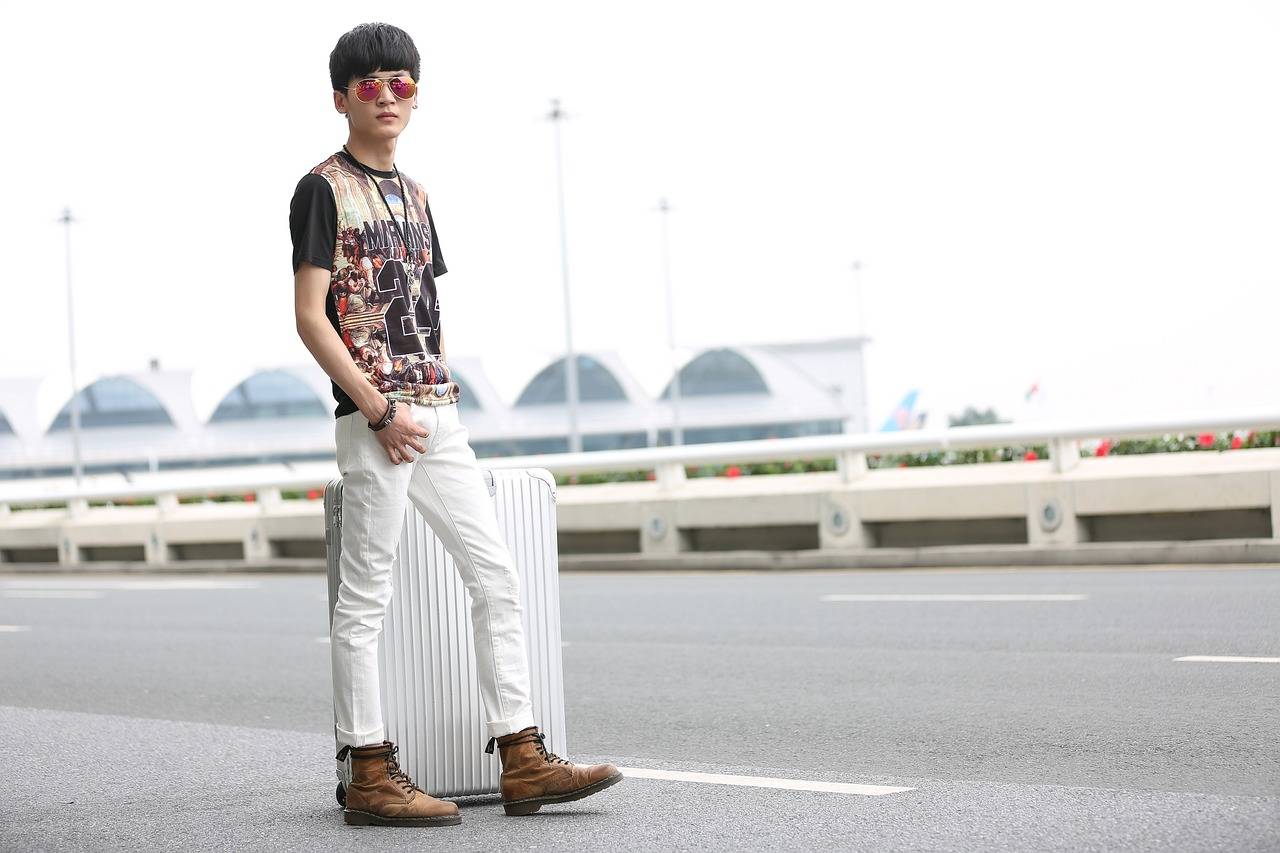Fashion and Wellness: How Clothing Can Enhance Physical and Mental Wellbeing
Comfortable clothing can greatly impact how we feel throughout the day. When we wear clothes that are soft and well-fitting, our bodies are able to move freely and comfortably. This can improve our overall mood and productivity as we go about our daily activities.
Moreover, choosing comfortable clothing can have a positive effect on our physical health. Clothes that are too tight or restrictive can lead to discomfort and even impact our posture. Opting for garments that allow for ease of movement can prevent unnecessary strain on our muscles and joints, contributing to better physical well-being in the long run.
• Comfortable clothing allows for free and easy movement
• Soft and well-fitting clothes can improve mood and productivity
• Choosing comfortable clothing can positively impact physical health
• Clothes that are too tight or restrictive can lead to discomfort and poor posture
• Opting for garments that allow ease of movement can prevent strain on muscles and joints
The Impact of Material on Physical Wellbeing
Wearing clothing made from comfortable and breathable materials can significantly impact your physical wellbeing. Fabrics like cotton, linen, and bamboo are known for their softness and ability to allow air circulation, preventing skin irritation and discomfort. In contrast, wearing synthetic materials like polyester or nylon can lead to skin rashes, allergic reactions, and increased sweating due to their lack of breathability.
Furthermore, the type of material your clothing is made from can also affect your body temperature regulation. Natural fibers such as wool and silk have insulating properties that help keep you warm in cooler temperatures and cool in warmer weather. This can prevent issues like overheating or shivering, ultimately contributing to your overall comfort and physical health.
How Color Can Affect Mood and Mental Health
Color plays a significant role in influencing our mood and mental health. Research has shown that certain colors can evoke specific emotions in individuals. For example, warm colors like red and orange are often associated with feelings of energy and excitement, while cool colors like blue and green are linked to a sense of calmness and relaxation.
Moreover, the saturation and brightness of a color also play a crucial role in impacting our mental state. Bright and vibrant colors tend to stimulate the brain and can increase feelings of happiness and positivity. On the other hand, muted or desaturated colors may have a more soothing effect on our minds, promoting a sense of peace and serenity. By being mindful of the colors we surround ourselves with, we can harness their psychological effects to improve our overall well-being.
Can wearing certain colors actually affect my mood?
Yes, wearing certain colors can have an impact on your mood. Colors like blue and green are often associated with calmness and relaxation, while bright colors like red and yellow can evoke feelings of energy and excitement.
How can choosing comfortable clothing benefit my mental health?
Choosing comfortable clothing can help reduce feelings of stress and anxiety by allowing you to feel more relaxed and at ease. It can also boost your confidence and overall sense of well-being.
What role does material play in physical well-being?
The material of your clothing can impact your physical well-being by affecting factors such as breathability, moisture-wicking properties, and skin irritation. Choosing materials that are comfortable and suitable for your needs can help improve your overall physical health.
How can I use color to improve my mental health?
You can use color to improve your mental health by surrounding yourself with colors that make you feel happy and calm. This can include incorporating soothing colors in your home decor, choosing clothing in colors that uplift your mood, and spending time in environments with colors that you find relaxing.





